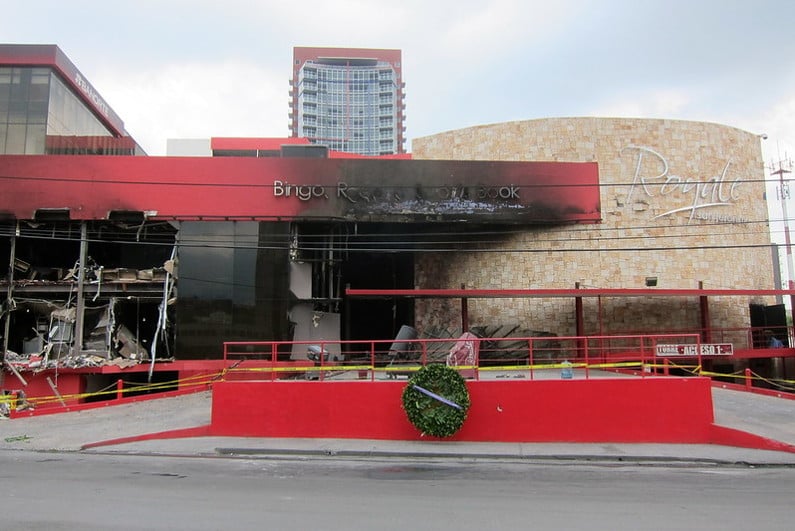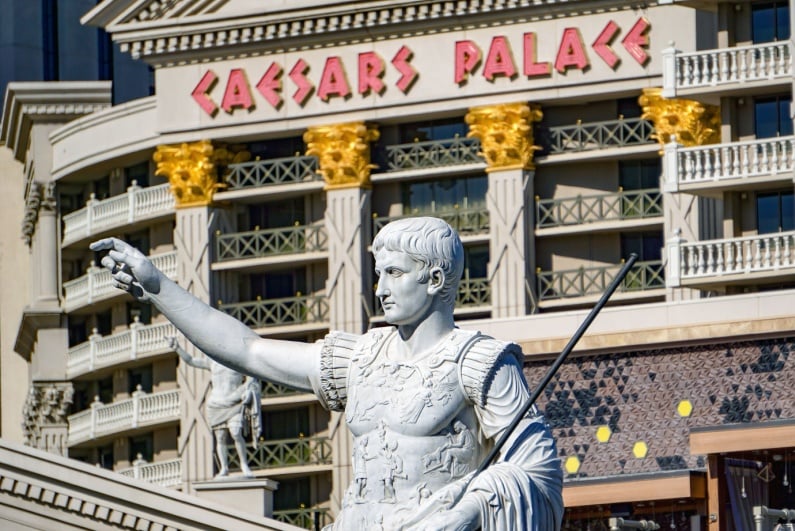New strike proposed
Casino workers in Las Vegas may go on strike in a bid to secure new contracts. The Culinary Union, which represents tens of thousands of hospitality workers in Sin City, announced on X that 95% of its members have authorized a citywide strike.
The Culinary Union is Nevada’s largest labor union, representing around 60,000 hospitality workers statewide.
hoping for better wages, benefits, and working conditions
Contracts with around 40,000 workers and some of Las Vegas’s biggest resorts expired on September 15. However, while the contracts remain in effect and staff continue to work at MGM Resorts International, Caesars Entertainment, and Wynn Resorts properties, they are hoping for better wages, benefits, and working conditions.
With the strike approved to go ahead, this could be the city’s first major walkout in over 30 years. As we take a look at history, will it be another strike that lasts six and a half years?
“Everyone welcome. Strike’s over”
In 1998, Las Vegas and hundreds of Culinary Union members saw the end of a strike that was expected to last days, maybe weeks.
ended up lasting for six and a half years
Led by Reverend Jesse Jackson, the strike began on September 21, 1991, and ended up lasting for six and a half years.
At the beginning of the strike, 550 Culinary Union members walked out of the now-shuttered Frontier Hotel-Casino when the resort refused to match a contract offered by most hotels in the city. The family of Margaret Elardi, the then-owner of the Frontier Hotel-Casino, said that they couldn’t afford to pay workers as much as the other hotels in the city because the casino was too small.
The strike eventually ended when Phillip Ruffin bought the casino in October 1997 for $167m. Kathleen Hahn, a cocktail server and one of the members who walked out, said of the strike: “It’s been a long, hard fight, but we made it.”
“A lot of intestinal fortitude”
Ruffin, a Wichita businessman and the owner of a number of Marriott hotels, agreed to pay the union $3.5m in back pay and benefits for the strikers. Half of that figure was picked up by Elardi despite the family saying they couldn’t afford to pay workers.
Ruffin also pledged at least $20m to the remodeling of the resort with the intention of bringing the hotel back to what it once was, renaming it the New Frontier. Of the 550 workers who walked out, 280 returned under the new deal and more than 100 were laid off.
Waiting for union members to arrive at the resort, Ruffin said: “I think anybody who stays out 6 1/2 years has a lot of intestinal fortitude.”
The new contract called for a starting wage of $7.50 an hour for food servers, $9.50 for hotel maids and $12 for cooks. Before the strike started, workers were averaging $2 an hour less.
Losing hope
During the strike years, many of the workers heard plenty of stories about what was going to happen, with no end results. At one stage, local and state officials called for the sale of the property, but the strikers had their own goal called the 3-S Plan: sell, sign, or shut down.
We were absolutely elated by the sale.”
Hahn said that workers began losing hope and were starting to give up after so many years of striking. When the sale of the casino finally happened, she said: “We were absolutely elated by the sale. Only in America could you be on the picket line six years and come back to win.”
In the end, Culinary Union leaders spent $26m on the strike. Much of that money went toward strike pay and benefits.




